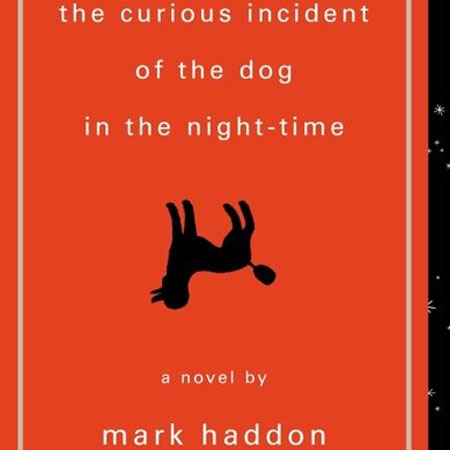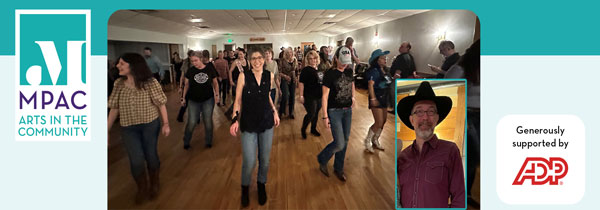By Gary Wien
originally published: 10/01/2005

Daniel Wolff says his friends thought he was crazy to write a book about Asbury Park. They didn't think the town was worthy of such treatment. Oh sure, maybe the locals might be interested in buying the book but nobody else would care. They saw it as a bad career move. Wolff saw something different.
"4th of July, Asbury Park" is Daniel Wolff's attempt to tell both the story of Asbury Park and that of a much greater American story; a story that many towns across the country have faced and are facing every day. It's a struggle to find, or create, the Promised Land and it's a struggle that fails more times than not. As Wolff's book points out, the Promised Land was the original vision of Asbury Park and it's a vision that never truly came true.
Wolff was first led to Asbury Park by the lyrics of Bruce Springsteen. Although he grew up in the New York area, he never went to Asbury as a kid. His first experiences in the town took place in the 1980s - long after the decline had started.
"When I first got there in the 80s, you would come up the coast and go through all of these towns that seemed to be doing alright and then you'd get to Asbury and it was in ruins," recalled Wolff. "My first reaction was what happened here? And I did a little research and came across the riots or rebellion on the 4th of July in 1970. I had this sort of picture of the west side burning and Springsteen there as a young guy and the tourists sunning themselves on the beach and it hit me. How did they get to that point? I was fascinated by the story."
Wolff traces the story back to the very beginning of the town when James Bradley first purchased the blocks of land that would become the town. He reveals Bradley's original dreams and visions for the town and points out how Bradley's version of paradise didn't quite include everyone - a problem that has always plagued the town. And one that many people still believe is a problem that has yet to be solved in Asbury Park.
"As I try to point out in the book, I think Bradley had envisioned the Promised Land," explained Wolff. "But he hadn't quite figured out who was going to clean the rooms and wash the windows. And as soon as that factor came in there, and it's a factor everywhere in the world - who's going to do the work - the situation got much more complicated. Bradley's argument was that it wasn't race related it was class related."
Part of what lures people to Asbury Park's history is the names of artists like Bruce Springsteen and the great American writer, Stephen Crane. While Crane grew up in Asbury Park, Springsteen made his name in that town and will forever be linked with it. Wolff says that Springsteen was very helpful in the creation of the book partly because Wolff made it clear that this was not a book about him. If anything, Wolff points out, it would put his role more in context than many people knew. One way in which Wolff tries to achieve this is by bringing the comparison of Stephen Crane and Bruce Springsteen into focus. Here were two famous artists who both lived and wrote about Asbury Park and lived a hundred years apart. Wolff finds the comparison irresistible.
"Stephen Crane appears to be a pretty clear precursor to Bruce Springsteen or a similar character in Asbury's history," said Wolff. "I was interested to find out Stephen Crane wrote about the merry-go-round. His take on it was that he kind of loved it. It was a little bit like his feelings for Asbury Park. He loved the merry-go-round and, at the same time, he hated it. It was like this symbol for him of going around in circles literally.
"And I think that's the dilemma the town has with its own history and it's something that a lot of towns struggle with. We need this to promote what we are and, at the same time, we want to get past this and move into the future. It's a hard thing to figure out. How do you build on the past? Part of it is acknowledging the whole past. In other words, it isn't Disneyland... It was never Disneyland."
One thing that surprised Wolff during his trips into Asbury Park was seeing how artists captured the images of the town. The art galleries are full of images of Asbury Park today with the buildings fallen to ruin rather than pictures of the town's glorious past.
"That's what people want to buy," said Wolff. "In a way, the ruins are a part of the real story of Asbury. The strengths of it are those ruins. Somebody told me the other day, 'well, Rome knew what to do with its ruins...'"
Wolff takes the reader on a trip through time from 1870 to 2000 in just under 240 pages. Character studies bring you inside people like Bradley whose names are only known from newspapers. You get to see these names live and breathe for the first time. If the history of Asbury Park has ever interested you, this book will be a tremendously interesting experience. If the town's history hasn't sparked your interest, this book will most likely still be of interest for the very reasons Wolff first set out to tell the story.
"The more I looked into it, the more I thought this is a great American story," added Wolff. "I really wanted to know what happened. It seemed to me it was a way for me, and I hope for my readers, to deal with where we are in history today. Asbury had this ability time after time to reflect whatever era it was in. I kept going back and thinking this is going to help me figure out where we are and maybe figure out where we can go from here."
Gary Wien has been covering the arts since 2001 and has had work published with Jersey Arts, Upstage Magazine, Elmore Magazine, Princeton Magazine, Backstreets and other publications. He is a three-time winner of the Asbury Music Award for Top Music Journalist and the author of
Beyond the Palace (the first book on the history of rock and roll in Asbury Park) and
Are You Listening? The Top 100 Albums of 2001-2010 by New Jersey Artists. In addition, he runs New Jersey Stage and the online radio station
The Penguin Rocks. He can be contacted at
gary@newjerseystage.com.
FEATURED EVENTS
To narrow results by date range, categories,
or region of New Jersey
click here for our advanced search.








